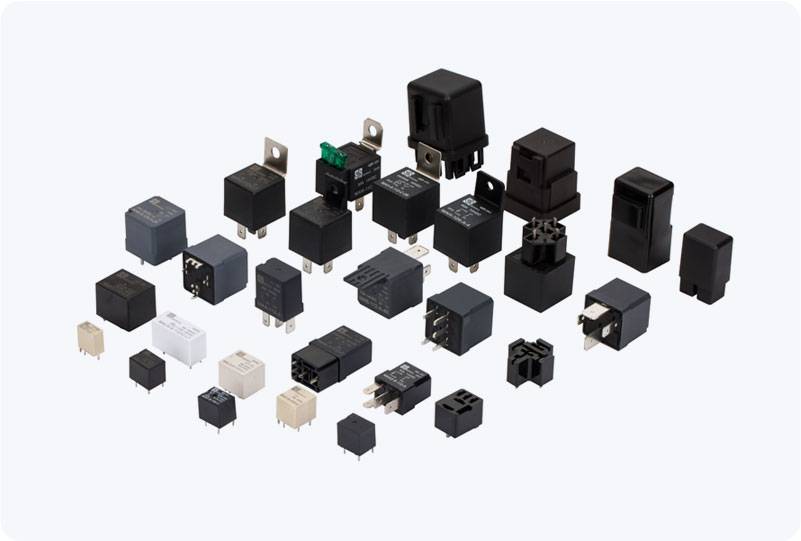While the importance of the EV battery relay is clear, there are also challenges that need to be addressed in its development. One of the primary challenges is ensuring the relay can withstand the stresses of high-voltage environments without compromising performance. The high voltage and current involved in EV batteries create substantial heat and electrical stress, which can affect the longevity of the relay. To tackle this, engineers are focused on developing relays that can handle higher temperatures and more frequent on/off cycles without suffering from degradation.

Another challenge is the compact size of EV relays. In a modern electric vehicle, space is a premium commodity, and as EVs become lighter and more efficient, the need for smaller, more powerful components becomes essential. EV battery relays must be both small enough to fit into tight spaces within the battery pack or the vehicle’s powertrain while also being robust enough to handle the significant electrical demands of the system. Reliability and durability are also critical factors for EV battery relays. In an electric vehicle, the relay is expected to operate consistently over many years and thousands of driving hours. To meet these requirements, manufacturers need to employ materials and designs that ensure the relay remains functional and resistant to wear and tear. Innovations in materials such as high-performance metals, ceramics, and coatings are continuously being explored to improve relay reliability and longevity.